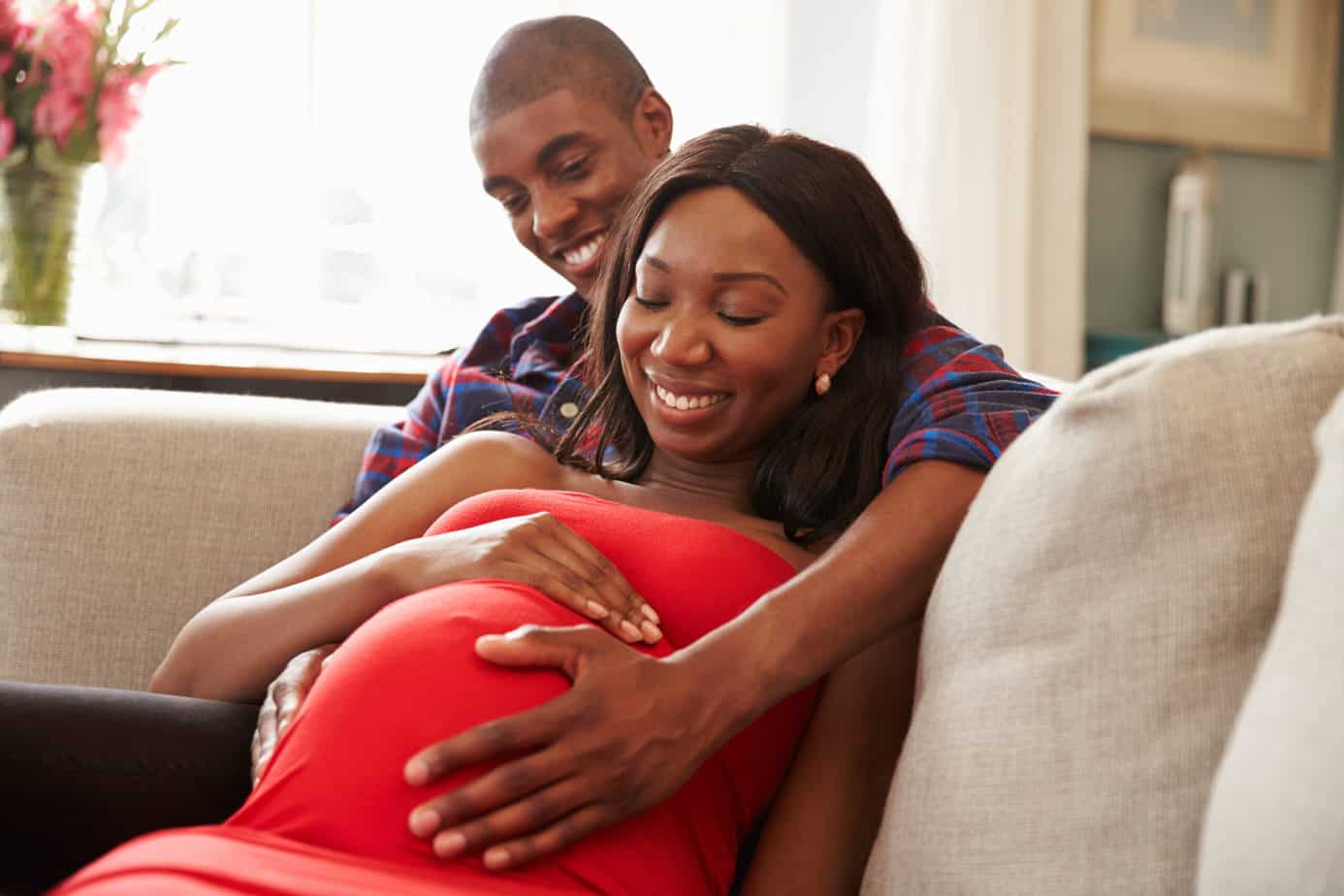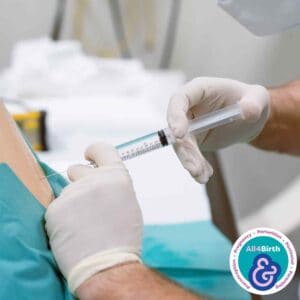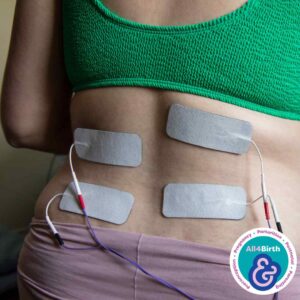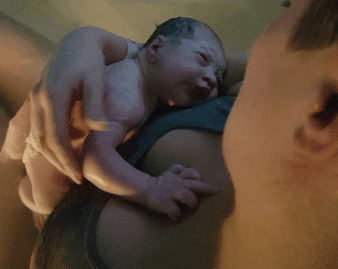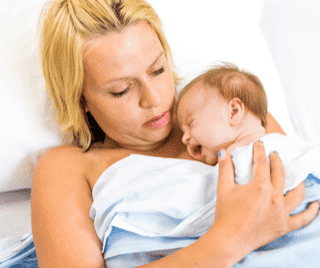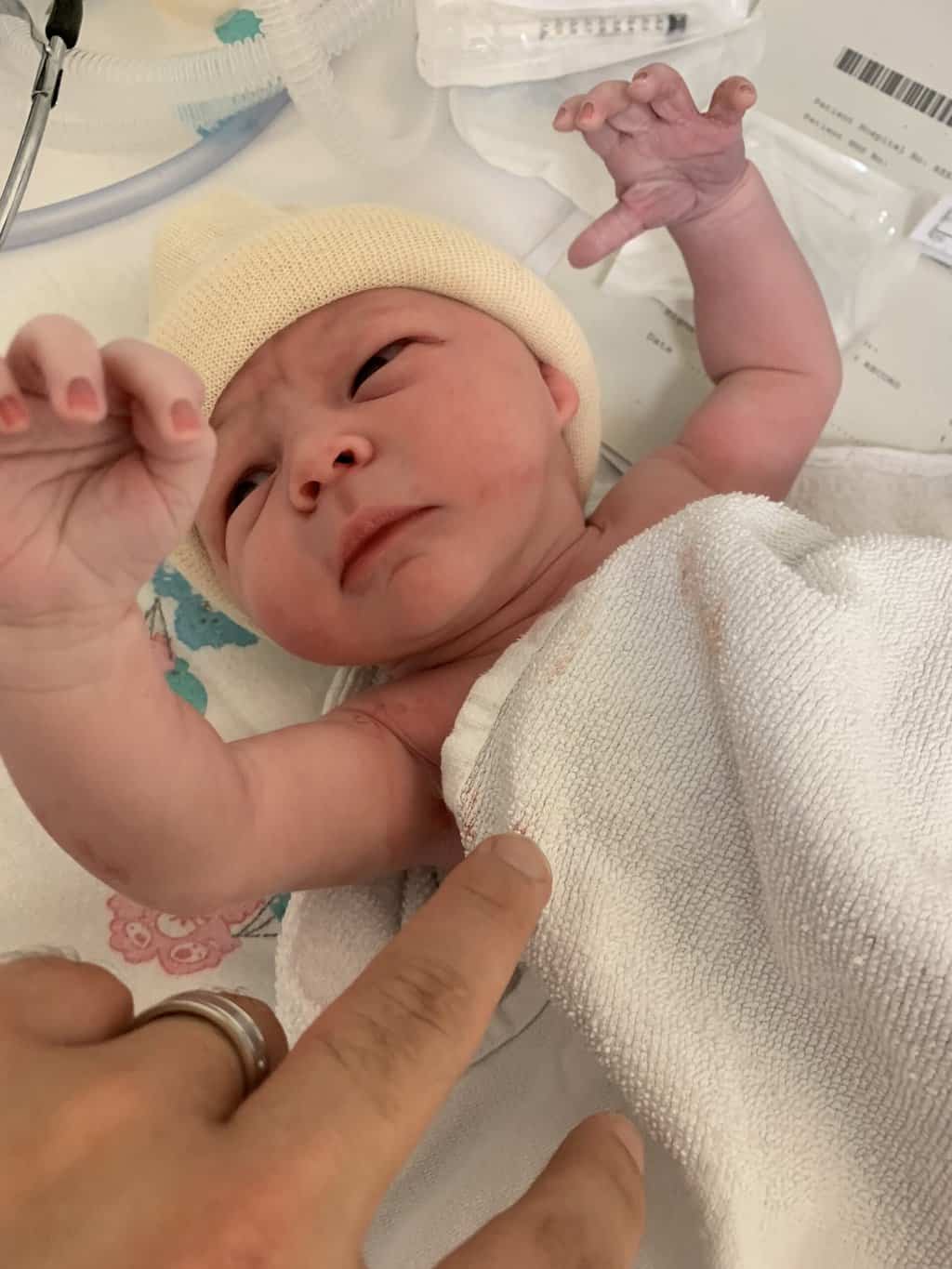Navigating the Incredible Journey of Childbirth: Unveiling the Physiology and Anatomy of the Second Stage of Labour
Abbie Tomson
Midwife MSc, BSc, Yoga Teacher, Project Lead at All4Birth
@enevlorel
Birth is a complex process that involves a series of physiological changes in the mother’s body, orchestrated by intricate hormonal interactions. The second stage of labour, also known as the pushing stage, marks the transition from complete cervical dilation to the birth of the baby. In this post, we’ll delve into the anatomy and physiology of the second stage of labour, with a focus on the key hormones involved in this crucial phase of childbirth.
What is the ‘Second Stage’ of labour? 1-4
The second stage of labour is the active phase of childbirth during which the cervix is fully dilated (usually around 10 centimetres) and the mother begins to actively push or bear down to help deliver the baby. This stage typically follows the first stage of labour, which involves the initial dilation of the cervix.
During the second stage of labour, the mother experiences strong, regular contractions of the uterus, which help to push the baby through the birth canal and out of the uterus. These contractions are often more intense and frequent than those experienced during the first stage of labour.
Throughout the second stage of labour, the mother may experience a range of sensations, including intense pressure and discomfort as the baby moves through the birth canal. It is common for the mother to feel exhausted and emotionally overwhelmed during this phase, but the support of her birthing team and the anticipation of meeting her baby can provide motivation and strength.
The length of the second stage of labour can vary widely from woman to woman and birth to birth. Factors such as the position of the baby, the strength of the mother’s contractions, and her overall physical condition can influence the duration of this stage. In some cases, interventions such as the use of forceps or vacuum extraction may be necessary to assist with the delivery of the baby.
Ultimately, the second stage of labour culminates in the birth of the baby, marking the end of the active birthing process and the beginning of the postpartum period. It is a profound and transformative experience for the mother, as she brings new life into the world and begins her journey into motherhood.
*At All4Birth we believe in a physiological approach and acknowledge that labour is defined into ‘stages’ which can be difficult to navigate given that labour is a continual process and physiologically wouldn’t be in distinct ‘stages’. It is known that the body was seen as a machine with birth becoming a process with stages, measurements and timelines in the 17th century. We are providing this information to help guide you through the terminology that your healthcare providers may use. We recommend you check out the recommendations in our ‘links to resources’ for some excellent work by Dr. Rachel Reed to understand this further*.
Anatomical Changes 1-6
During the second stage of labour, the body undergoes significant anatomical changes to facilitate the birth of the baby. These changes primarily involve the pelvis, uterus, and pelvic floor.
1. Pelvis:

– The pelvic bones undergo slight movement and rotation to accommodate the passage of the baby through the birth canal. This movement, known as pelvic dilation or pelvic floor relaxation, increases the diameter of the pelvic outlet, allowing the baby’s head to descend. The bones of the pelvis, sacrum, Rhombus Michaelis and iliac move out of the way, assisted by the relaxin that has been released in pregnancy to allow ligament stretching.
2. Uterus:

– As the second stage of labour begins, the uterus contracts rhythmically to push the baby downward through the birth canal. These contractions are coordinated by the release of the hormone oxytocin, which stimulates uterine muscle contractions.
– The muscles of the uterus contract forcefully and intermittently, exerting pressure on the cervix and pushing the baby toward the birth canal. This process, known as involuntary bearing-down efforts, helps to expel the baby from the uterus and into the world.
3. Pelvic Floor:

– The pelvic floor muscles undergo significant stretching and relaxation to allow the baby to descend through the birth canal. This stretching is essential for the passage of the baby’s head and shoulders during birth. Pressure on the sphincter triggers the relaxing of the perineum muscles.
– The pelvic floor muscles work in coordination with the uterine contractions to assist in the expulsion of the baby. They help to guide the baby through the birth canal and prevent excessive tearing or trauma to the perineum.
Physiology of the Second Stage 1-6
During the second stage of labour, several physiological processes work together to facilitate the birth of the baby. These processes are regulated by a complex interplay of hormones, including oxytocin, adrenaline, and endorphins.
-
Oxytocin:

– Known as the “love hormone” or “hormone of attachment,” oxytocin plays a central role in childbirth. Released by the pituitary gland in response to stretching of the cervix and uterus, oxytocin stimulates uterine contractions.
– As labour progresses and the baby descends through the birth canal, oxytocin promotes rhythmic, coordinated contractions of the uterine muscles, helping to push the baby downward and expel it from the uterus.
-
Adrenaline (Epinephrine):
–
– Adrenaline, commonly associated with the “fight or flight” response, also plays a role in childbirth. As the baby moves down the birth canal, pressure on the cervix and pelvic floor triggers the release of adrenaline.
– Adrenaline increases the strength and frequency of contractions, providing the extra energy needed for pushing. It also helps the mother to stay focused and alert during the intense physical exertion of childbirth.
-
Endorphins:

– Endorphins are natural pain-relieving hormones produced by the body. During the second stage of labour, the release of endorphins helps to alleviate pain and promote feelings of euphoria and well-being.
– These hormones act as natural painkillers, helping the mother to cope with the intense sensations of labour and birth. It can be very normal for contractions to temporarily slow down or stop in this phase.
Conclusion:
The second stage of labour is a dynamic process regulated by a complex interplay of hormones and physiological mechanisms. Understanding the anatomy and physiology of this stage can help expectant mothers navigate birth with confidence and empowerment. By supporting the body’s natural processes and hormonal responses, we can optimise the birthing experience for both mother and baby. Check out the resources below for further reading from experts in their fields, podcast episodes and references!
Links to resources
 Books and Further Research
Books and Further Research
- Reclaiming Childbirth as a Rite of Passage by Dr. Rachel Reed
- In Your Own Time By Sara Wickham
- Walker, K. F., Kibuka, M., Thornton, J. G., & Jones, N. W. (2018). Maternal position in the second stage of labour for women with epidural anaesthesia. Cochrane Database of Systematic Reviews, (11). Art. No.: CD008070. https://doi.org/10.1002/14651858.CD008070.pub4
- Sood, A., Hofmeyr, G. J., & Vogel, J. P. (2017). Position in the second stage of labour for women without epidural anaesthesia. Cochrane Database of Systematic Reviews, (5). Art. No.: CD002006. https://doi.org/10.1002/14651858.CD002006.pub4
- Bick, D., Briley, A., Brocklehurst, P., Hardy, P., Juszczak, E., Lynch, L., MacArthur, C., Moore, P., Nolan, M., Rivero-Arias, O., Sanders, J., Shennan, A., & Wilson, M. (2017). A multicenter, randomised controlled trial of position during the late stages of labour in nulliparous women with an epidural: clinical effectiveness and an economic evaluation (BUMPES). Health technology assessment (Winchester, England), 21(65), 1–176. https://doi.org/10.3310/hta21650
- NICE (2022) Fetal monitoring in labour: NICE guideline 229. Available at: https://www.nice.org.uk/guidance/ng229 (Accessed 27 March 2024)
- NICE (2023) Intrapartum care. Available at: https://www.nice.org.uk/guidance/ng235 (Accessed 27 March 2024)
 Film Audio and Apps and Podcasts
Film Audio and Apps and Podcasts
Baby Buddy app, created by the Best Beginnings Charity
The Midwives Cauldron: Pushing and Cervixes
 Websites and Articles
Websites and Articles
Birth-ed: Positive Birth Story Library
References
- Coad, J. (2019). Anatomy and Physiology for Midwives. Elsevier.
- Marshall, J. E., & Raynor, M. D. (2019). Myles Textbook for Midwives. Elsevier.
- Pascual ZN, Langaker MD. Physiology, Pregnancy. [Updated 2023 May 16]. In: StatPearls [Internet]. Treasure Island (FL): StatPearls Publishing; 2024 Jan-. Available from: https://www.ncbi.nlm.nih.gov/books/NBK559304.
- NHS England (2020) What Happens During Labour and Birth [Online] Available at: https://www.nhs.uk/conditions/pregnancy-and-baby/what-happens-during-labour-and-birth/ (Accessed March 2024)
- NHS (2023) The stages of labour and birth. Available at: www.nhs.uk/pregnancy/labour-and-birth/what-happens/the-stages-of-labour-and-birth/ (Accessed 27 March 2024)
- Weckend M, Davison C, et al (2022) ‘Physiological plateaus during normal labour and birth: A scoping review of contemporary concepts and definitions’. Birth. Jun; 49(2):310-328. doi: 10.1111/birt.12607









